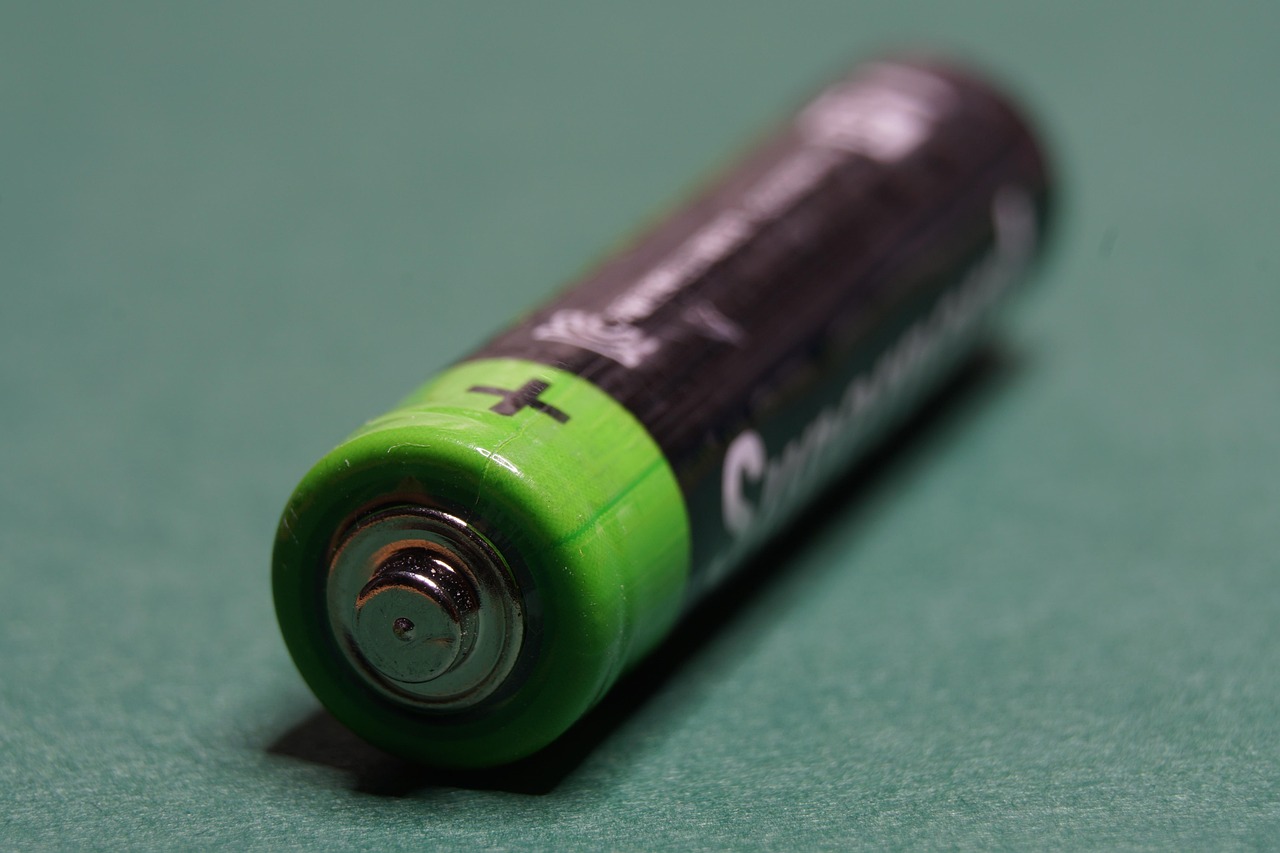A Dry Revolution in Battery Tech
Imagine a battery that’s safer, greener, and delivers double the punch—all without messy liquids. That’s what researchers at the University of Adelaide have achieved with their breakthrough dry-process zinc–iodine battery. By eliminating the need for liquid electrolytes, this design elevates performance, longevity, and safety in a single leap.
What Makes It Tick? A Dry Electrode Miracle
Beyond the Liquid Limit
Conventional batteries typically rely on a liquid electrolyte to shuttle ions during charge and discharge. In contrast, the Adelaide team pioneered a dry electrode manufacturing method, embedding electrolyte materials directly into the electrode structure. This removes liquid entirely, mitigating risks like leakage, flammability, or evaporation—while streamlining production and reducing costs.
Double Duty: Capacity and Stability
Twice the Energy, Longer Life
The impact? Dramatic. The dry zinc–iodine cells pack up to twice the energy density of their wet counterparts, along with enhanced cycle stability. That means longer-lasting battery life, fewer replacements, and ultimately, a more sustainable footprint in electric vehicles, home storage, and portable gadgets.
Safe, Sustainable, Scalable
Why Zinc and Iodine Matter
Zinc and iodine are both abundant and eco-friendly—far less hazardous than heavy metals like lithium or cobalt. Partner that with a dry process, and you get batteries that don’t leak, burn, or corrode. Plus, it’s compatible with standard electrode production infrastructure, meaning manufacturers can pivot quickly without overhauling assembly lines.
Broad Impacts: From Homes to EVs
Where This Tech Could Be Used
- Electric vehicles: Safer battery packs with higher energy capacity.
- Home energy storage: Durable systems without toxic liquids or thermal runaways.
- Consumer electronics: Slimmer, longer-lasting batteries with greener material sourcing.
Looking Ahead: What’s Next?
Scaling Up and Testing Real-World Limits
There’s still much to explore. The team is scaling up production, optimizing materials, and preparing for real-world testing. Key questions remain: How will it perform in extreme weather? How cost-competitive will it be at scale? But early signs suggest this dry zinc–iodine approach could be a game-changer in energy storage.
Why It Matters—In Plain Language
Key Benefits Summarized
- No spill hazards: Zero liquid means no leaks or fire risks.
- Easier manufacturing: Slashes costs, simplifies logistics.
- Greener materials: Zinc and iodine are plentiful and eco-friendly.
- Bigger energy bank: Twice the capacity keeps devices and batteries running longer with less replacement.
Spark Your Curiosity
What could this mean for your next EV or home battery system? Could dry-electrode batteries shift us away from lithium? Stay tuned—you might soon see this technology powering your world.
Curious to learn more or share your thoughts? Drop a comment below and join the conversation!
Reference: “Aqueous zinc-iodine batteries with ultra-high loading and advanced performance” by Han Wu, Shao-Jian Zhang, Jitraporn Vongsvivut, Mietek Jaroniec, Junnan Hao and Shi-Zhang Qiao, 12 June 2025, Joule.
DOI: 10.1016/j.joule.2025.102000
Daily science news 2025, Best science blogs, New science research 2025, Popular science articles, Latest science news 2025










